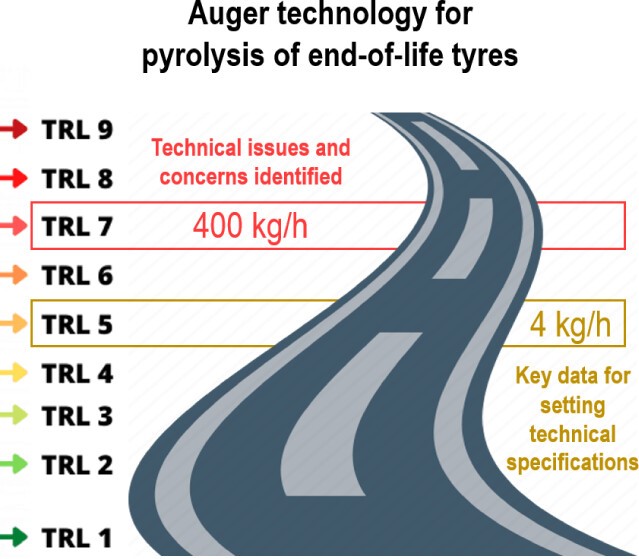CSIC-ICB last scientific article has been published in open-access !
One of BlackCycle academic partner, CSIC-ICB, successfully wrote the article entitled « Pyrolysis of End-Of-Life Tires: Moving from a Pilot Prototype to a Semi-Industrial Plant Using Auger Technology». The article has been published in open access in Energy & Fuel journal, volume 38 in August 2024.
The “Instituto de Carboquímica (ICB)” was established in Zaragoza in 1948 as part of the “Instituto Nacional del Combustible” (National Fuel Agency). Today, the centre is part of the “Consejo Superior de Investigaciones Científicas (CSIC)” (Spanish National Research Council), and is organized into two departments:
- Energy and Environment
- Chemical Processes and Nanotechnology, which carried out research activities in CO2 capture, air pollution, waste recovery, thermochemical processes, alternative fuels, nanoscience, nanotechnology, new sensor, fuel cell, batteries and superconductor materials, among others.
This work, carried out within the framework of the BlackCycle project, demonstrates the robustness of an auger reactor for the pyrolysis of end-of-life tires (ELTs) to be considered within the seventh level of technology readiness (TRL-7). For this purpose, the resulting pyrolysis products are compared with those obtained from a pilot scale facility ranging within the fifth technology readiness level (TRL-5). Using the same type of ELTs, tire trucks (TTs), operating conditions used at the TRL-5 plant are attempted to mimic those expected at a semi-industrial plant: tailored temperature profile (450, 550, and 775 °C) and residence time for vapors (30 s) and solids (15 min). The feed mass rate is 4 and 400 kg/h for the pilot and semi-industrial plants, respectively. The yields of tire pyrolysis oil (TPO), tire pyrolysis gas (TPG), and raw recovered carbon black (RRCB) from both plants, as well as their key properties and characteristics, are in good agreement with each other. The TPO produced by both plants contains comparable concentrations of value-added chemicals such as benzene, toluene, xylene, ethylbenzene, and limonene. There is also a very similar pattern between the simulated distillation curves. The TPG obtained from both plants is also very rich in H2 and CH4 and has a lower calorific value of 52−54 MJ/Nm3 (N2 free basis). Although the RRCBs produced by the two plants are more demanding and require more labor, they do have a number of comparable characteristics. All this information demonstrates not only the reliability of the experimental campaigns to scale up the pyrolysis process but also the robustness of the semi-industrial scale plant based on the auger technology to be classified at TRL-7.
